
As I grow older, nostalgia seems to become a habit. Looking back on the past five years in the tablet industry, and seeing the people around me slowly leaving for other fields, I can’t help but feel a lot of emotions.
Being in the brutal white-label market in Shenzhen, I have also experienced ups and downs with the tides. In this vast red sea, looking around, it is desolate; looking back, there are many pains; looking ahead, my heart is empty, not knowing where to return.
This road is fraught with thorns, this road is tumultuous, this road has seen bloody battles, with many brave souls falling.
Let’s take a look at those years, the chip manufacturers who walked with us, cried with us, laughed with us, and ultimately drifted away with the wind (here, drifting away only refers to exiting the tablet market, nothing else). Without your participation, how would this market be so lively, so exciting, so thrilling? I salute you!
1. Telechips
Those who first entered the tablet industry mostly transitioned from MP3 and MP4. In everyone’s eyes, the so-called MID was just a larger MP4. Therefore, at that time, there was no intention for the mobile phone industry, the Portable DVD industry, etc. to enter. Thus, one of the important chip manufacturers that once dominated the MP3 and MP4 era—Telechips—took the stage in the tablet market.

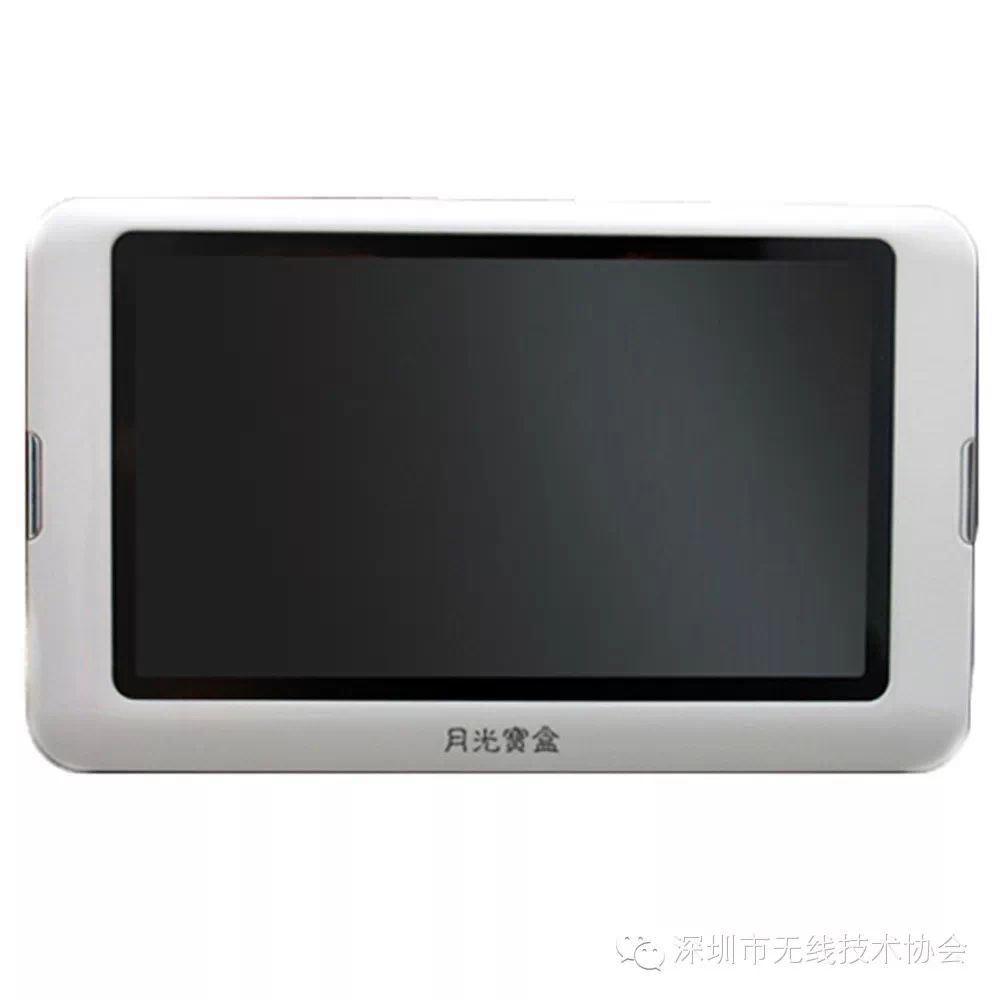
(Looking at the pictures, is there a vague resemblance to a tablet?)
In early 2010, the iPad had just been released, and the tablet industry was still in a chaotic state. The well-known Yidao Digital actually became famous in 2010 by making tablets based on the Telechips platform. After that, many followed suit, including the most influential solution provider in the current white-label market—Pinwang, which was still toying with Telechips in the first half of 2011.
Telechips started well based on its chip advantages, but being a Korean company, its local service was poor. The chips released in 2011 had many issues, and with the rise of local chips like Rockchip and Allwinner, Telechips completely declined.
By 2012, besides Yiguang (which was also under the MTK platform and had the largest shipping volume in the tablet industry), only a few hundred K tablets based on Telechips were produced, and another major solution provider under Yingfangwei—Saiwei Tianchuang—also dabbled in Telechips solutions but never returned.
2. Freescale
One of the chip giants of the MP3 and MP4 era, Sigmatel, was acquired by Freescale, which took this opportunity to enter the tablet market. However, being an American company, its local service was poor, and the chip prices were high. By the second half of 2011, there was basically no news from them. The last impression I have is in the first half of 2012 when a friend told me there was still an 8K Freescale chip in stock for 10 USD/PC, but it was difficult to clear.
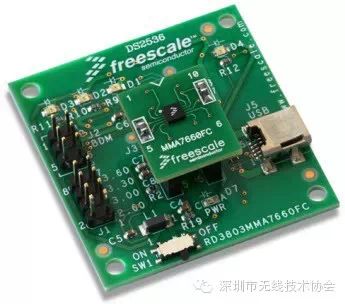
3. TI
TI is also a giant American chip manufacturer. As a chip supplier, it should have never considered entering the tablet market, but some enthusiasts still created some solutions based on the TI platform, which had negligible influence, so we will skip it.

4. nVIDIA
Many may not be familiar with nVIDIA, but when mentioning NVIDIA, everyone should have an impression. With high chip specifications and significant R&D difficulty, they have been pursuing profits and have always followed a high-end route. In the brand market, they cooperated closely with Xiaomi, and in the white-label tablet market, their most influential partners were Gaofei and Tianpengsheng, both of which are strong factories. Unfortunately, one ran away with billions in debt, and the other went bankrupt last year. As a chip supplier, NVIDIA has hardly made any impact in the white-label tablet market.
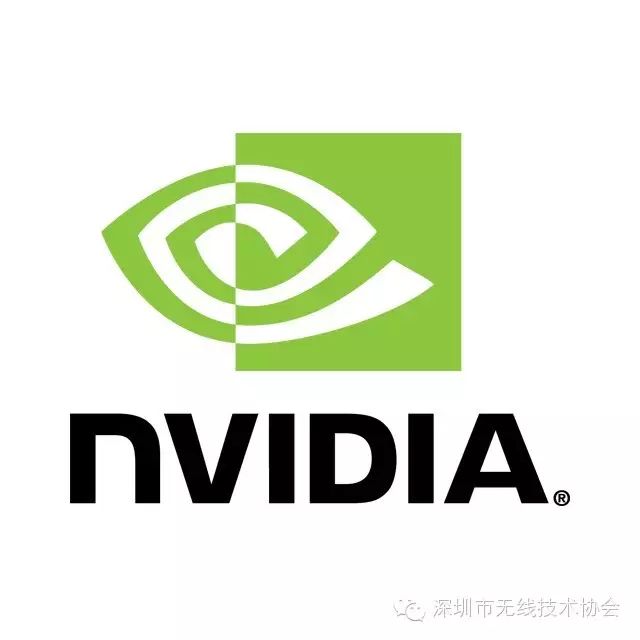
5. Samsung
Samsung itself is too powerful and seems to have never looked down on the white-label tablet market. Some developed solutions based on their internal relationships with Samsung, the most representative being two companies, Meisida and Youjian Hengtian. Meisida was once famous in the automotive navigation field and was a large company, but the solutions based on Samsung’s platform have never been mass-produced. On the contrary, another small company that started with Samsung development boards—Youjian Hengtian—was the first to launch the first mass-producible solution in the white-label market based on the Cortex A8 architecture with a capacitive touchscreen in early 2011. At that time, a PCBA sold for around 400, excluding flash—using a pitiful built-in TF card design. (Now, with higher configurations, quad-core, 512MB, 4GB, it’s only around 70.) After that, there were sporadic news about Samsung solutions, but they basically lost their influence.
This is the following model:

6. Junzheng & Huaxinfei
As an established local chip manufacturer, everyone should know Junzheng, but in the Shenzhen tablet field, there is little heard of Junzheng, while Huaxinfei is more familiar to everyone. According to Baidu Baike, it shows that Huaxinfei is a system solution provider that uses Junzheng’s SOC chip, which makes it understandable. Like Telechips, Junzheng also transitioned from the MP3 and MP4 era and seized the first wave of opportunities in 2010, achieving some success. However, in 2012, with intensified competition, both Junzheng and Huaxinfei quickly faded from view.
Now, Junzheng has shifted to wearable devices, developing smartwatches based on the Junzheng platform with companies like Inwatch, Guokel, Tuman, and including Yilian Huitong under Pinwang. They have made a good start and hope to continue well!

7. Marvell
Many may only have learned about Marvell at this Hong Kong exhibition. In fact, as early as the second half of 2010, there were already tablet solutions based on the Marvell platform. The company I worked for teamed up with a Guangzhou company to develop a tablet for Great Wall Group, but unfortunately, there were many issues, and only a few hundred units were produced, with no further news. Two years later, in 2014, they tried again, collaborating with Sanggeer to produce a 4G tablet (the solution may have been produced by Yidao), still with no volume. This year, the Hong Kong exhibition showcased a 7-inch 1+8GB configuration at the lowest price of 44.9 USD, whether it was a desperate move or the last struggle?
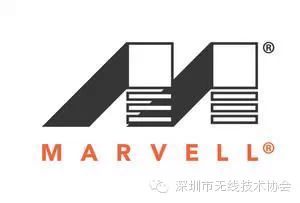
8. Ankai
This is a company from Guangzhou that most people may not know. At the end of 2010, the company I worked for had just produced 200K units of a 7-inch small notebook based on the VIA 8505. At that time, just as the customer needed to reduce costs, Ankai’s people came to us. They copied the VIA board design, but unfortunately, there were many issues, and it ultimately came to nothing.
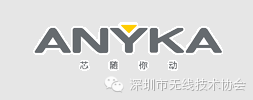
9. Zhongxingwei
This company was once somewhat famous in the white-label market. In 2011, it was the first to launch the Cortex-A8 architecture chip VC0882, even earlier than Allwinner. Its main solution provider is Faku Technology, which is still active in the tablet field. It is rumored that the boss of Pinwang once sought cooperation with Zhongxingwei but was ruthlessly rejected. The subsequent development seems to confirm the widely circulated saying related to Jack Ma—”Today you ignore me, tomorrow I will make you regret it!”
Later, with the rapid rise of Allwinner, Zhongxingwei completely declined. The last time I heard about Zhongxingwei was from an integrator, whose boss told me that Zhongxingwei VC0882 still had a lot of stock, and they had ready solutions for Q88 and 86V, with very competitive prices, and asked us to help promote them, which made me laugh.
Below is a solution based on VC0882, imitating Youjian Hengtian’s board design:


10. NEC
NEC, also known as Renesas. A Japanese company with even worse local service and significant chip development difficulty, which most companies cannot manage. Its largest solution provider—Zero Distance—once flourished but ultimately drowned in the tide of white-label products.
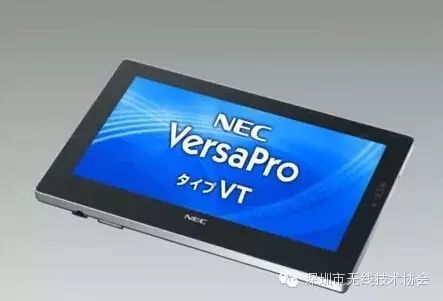
11. New Shoreline
With a strong government background, New Shoreline has been exhibiting everywhere in recent years, but has not launched any mature products into the market. Until 2012, the dual-core A9 chip—NS115 finally came out, and its largest solution provider was the aforementioned “Zero Distance.” Due to the inherent defects of the chip and incorrect market strategies, it basically failed to promote. It then shifted to TV dongles, where it could be heard in the market but had no volume.
The subsequent events are that “Zero Distance” disappeared, and by the end of 2013, rumors circulated that New Shoreline NS115 still had about 3KK in stock. To clear it, they brought several factories to bid for the Thai education tablet project, with two winning bids—Chenxing Tong and Dongguan Haoqun, one shipped relatively smoothly, while the other was very unfortunate, which we will skip.
Now, the only impression left is perhaps the following TV dongle:
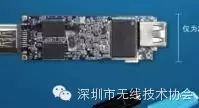
12. Lianxin
This is a company under Datang Telecom, mainly promoting communication chips based on TD-SCDMA and TDD. Previously, they collaborated with China Cool Union in the low-end smartphone field. In 2013, they held a grand new product launch in Shenzhen, intending to push mobile phone chips into the tablet field, but I just smiled and left, not understanding the market, blindly entering, how could there be an opportunity?
The last time I saw a friend from Lianxin was in 2014. Perhaps due to inventory pressure, they treated a 4-core 3G chip LC1913 as a 2G chip, a seemingly ridiculous move that revealed much helplessness. We all know that 80-90% of Shenzhen’s white-label tablets are exported overseas, so basically TD-SCDMA is unusable in most countries, meaning that this chip can only be treated as a 2G chip abroad.
For the Lianxin platform, some well-known solution providers in the Shenzhen white-label market, such as Zhaoxin under Rockchip and Wensheng under Jieli, have been involved, and the latest news is that Wensheng has achieved some good results in the automotive field.
Hopefully, through cooperation with Xiaomi, they can shine again!

13. Yingfangwei
This is a chip manufacturer from Shanghai that successfully went public in 2014. In the white-label tablet market, it once flourished. The most famous product was a 10.1-inch tablet called “Feizhu,” known as “superpad” abroad, which topped the sales list in the tablet category on Amazon in early March 2011.

The biggest feature of this model was that it had a large RJ45 network interface. The shipping company, Zhuonisi, gained fame at that time. This model had a significant influence, and many machines based on Allwinner, Rockchip, Amlogic, etc., emerged afterward, leading to the emergence of the “Feizhu Generation Ten.”
Another model was a 7-inch tablet imitating the VIA public model 713. However, during the critical period of chip upgrades, many manufacturers took orders based on the VIA platform, but the VIA 8650 was out of stock, making Yingfangwei’s model the best alternative. In late 2012, nearly 1KK units were shipped in the last two months, which was a very large shipment at that time.
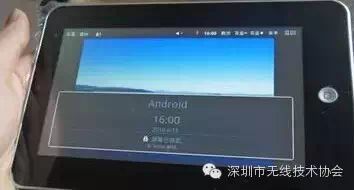
Since then, Yingfangwei’s chip supply has gradually faded from the tablet market, shifting to the TV BOX field. As for these two companies, Zhuonisi has gone bankrupt, while Saiwei Tianchuang merged with another MTK solution provider “Changjin Hongxin” to become “Huqiang Dingzun,” thus fading away.
14. Amlogic
When it comes to Amlogic, also known as Jingchen, no one should be unaware of it. It has stirred quite a storm in the Shenzhen white-label tablet market. The single-core A9 chip M3, dual-core A9 chip M6, and low-cost dual-core chips MXL/MXS were all the first to emerge in the industry but ended tragically. They saw the trend, but perhaps due to the decision-makers being in the US, they never had strong and correct market strategies, ultimately failing to navigate the trend, ending in hasty closures.
The most tragic hero in the tablet chip industry must be them. Now they have left the tablet industry, clinging to the TV box field, hoping to make breakthroughs.

15. Jieli
Once a dark horse in the MP3 era, but due to internal strife, core employees left to establish Boxchips, which later became the predecessor of another group of super dark horses in the tablet industry—Allwinner. Jieli entered the tablet industry too late, and its subsequent market strategies repeatedly missed the mark, only knowing how to cut prices. Despite their efforts in launching chips like 7013, 7023, 7021, 7029, 7039, etc., they achieved little success.
My evaluation of them has remained unchanged over the years: “Jieli’s advantage is being willing to cut prices, but its disadvantage is only knowing how to cut prices.” They have now shifted to the TV BOX and smart wearable fields, hoping for a resurgence.
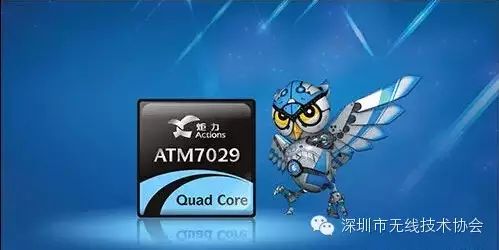
16. VIA
As a former leader in the tablet industry, VIA’s departure is indeed lamentable. In 2010, the small notebooks based on the VIA platform sold very well, and by 2012, its shipment volume accounted for 60% of the entire white-label market. In the early days, VIA’s turnkey solutions directly connected factories, enabling them to ship quickly and achieving great success. However, this model left VIA with almost no strong solution providers, ultimately leading to its demise in the tablet market due to delays in chip upgrades and increasing customer demands for product quality, aesthetics, and variety.
No matter how powerful the leader is, it needs a bunch of brothers behind to support and help; otherwise, it can only be a lone hand, difficult to achieve greatness.
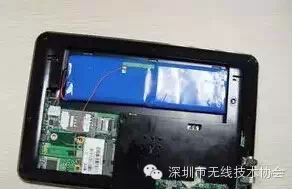
Looking back, the past is vivid. Despite the lofty ambitions, in the tablet field, for the past chip players, it is also a hero’s end.
Looking around, there are countless blood seas; in this bloody battlefield, for the surviving chip warriors, there is a vast unknown ahead.
The Yangtze River rolls eastward, washing away heroes. Right and wrong, success and failure, turn to emptiness. The tablet remains, and the sunset glows several times.
For those chip manufacturers that have drifted away, for the past few years, you have carried our past dreams and hopes, just failing to realize the glory we once dreamed of. Let everything drift away with the wind!
Looking forward to you, looking forward to us, looking forward to everyone, being able to shine again in each new field!
The road ahead is not far; hope lies just around the corner…